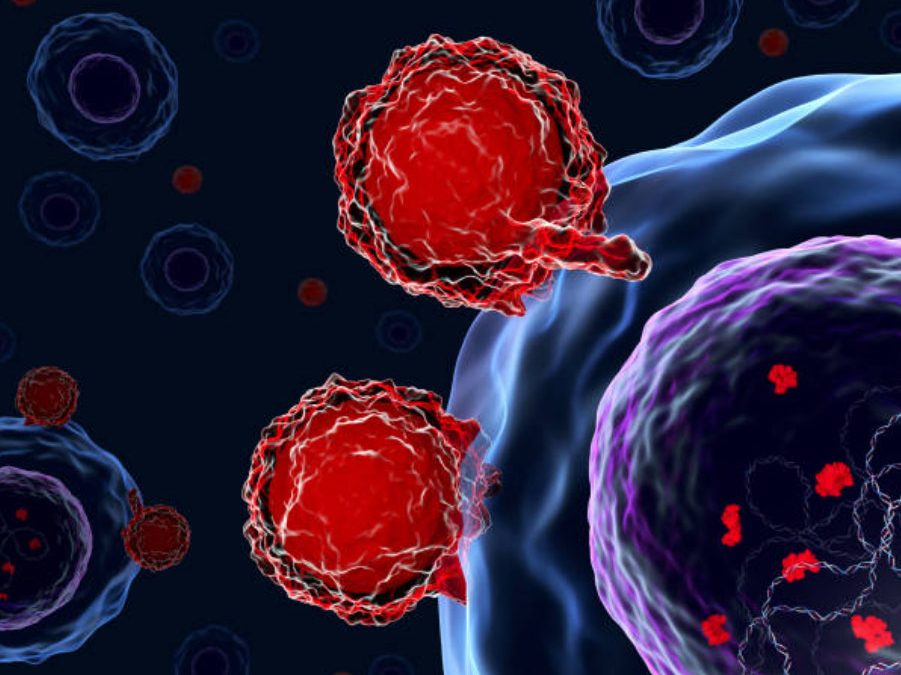One of the most interesting and potentially groundbreaking parts of the advanced therapies is the use of extracellular vesicles as ATMPs (Advanced Therapy Medicinal Products).
Extracellular vesicles (EVs) are spheres formed by a lipid bilayer with a size range typically between 30 and 150 nm, produced by virtually all the cell types in the body. The lipid bilayer can be loaded with different surface markers, allowing them to be absorbed by specific classes of cells. Internally, EVs contain a plethora of different molecules, from protein to genetic material. Thanks to their specific characteristic, EVs can easily pass through the bloodstream and be absorbed by specific cells, where the cargo is released. Physiologically, EVs play an important role in cell-to-cell communication and can be secerned in large quantities by plated cells.
Recently, scientists highlighted the potentiality of EVs in several different fields of medicine: they could be used for early diagnosis, prognosis, and theoretically to develop personalized treatments. It has been reported that EVs secerned by a different type of stem cells exhibited regenerative capacity, whereas the alteration of EVs content has been found indicative of the early detection of various kidney-related pathologies. To date, various clinical trials are investigating applications to these aspects.
The potentiality of the use of EVs as AMTPs resembles the extremely high grade of personalization of the treatment: EVs could be loaded with particular molecules that can be internalized by a specific cell type. Another aspect is the scale-up: EVs have the potential to make cell and gene therapies commercially viable for large populations, as they can be produced in great quantity by plated cells.
The main challenge in the EVs resembles the production and characterization in cGMP settings. From a productive point of view, the lacking of precise isolation and purification methods, together with the poor access to end-to-end GMP manufacturing expertise are the most important limiting factors.
One of the solutions to the above-mentioned issues can be the use of a closed system during all the manufacturing passages. A closed system is formed by a grade A clean room, physically isolated from the outside, in a surrounding grade D environment. Compared to a normal “white room” (grade A working area in a grade B environment), this solution can drastically reduce costs and, at the same time, improve safety. Moreover, a closed system could allow the implementation of standardized and end-to-end manufacturing methods.
Recent Articles
- Cell therapy based on neuronal precursors for the treatment of multiple sclerosis 10 January 2023
- How to Improve the Sustainability of Advanced Therapies: The Case of Strimvelis 24 November 2022
- FDA reorganization: a “Super Office” to manage the increasing cell and gene therapy workload 3 November 2022
- GMP Cleanliness Classifications: Deciphering the Differences and Requirements among Grades 12 September 2022
- How to Overcome the Most Common Issues in the GMP-Compliant Culturing of Mesenchymal Stem Cells: Isolation and Automatization 30 August 2022

